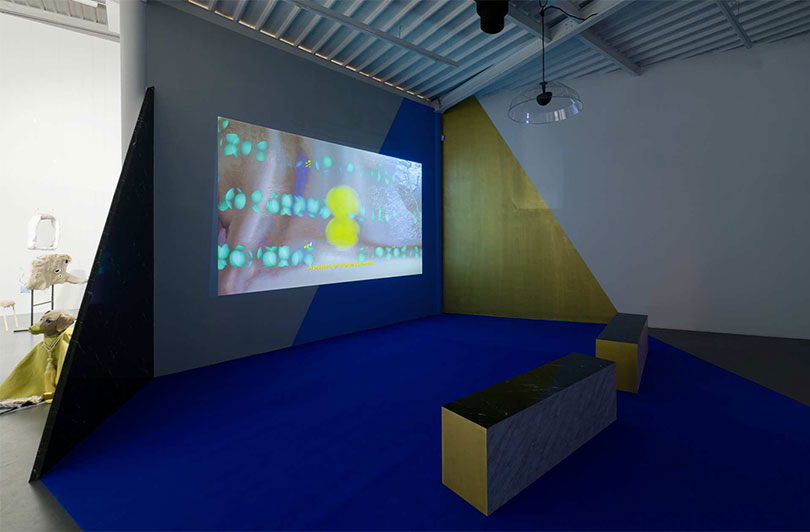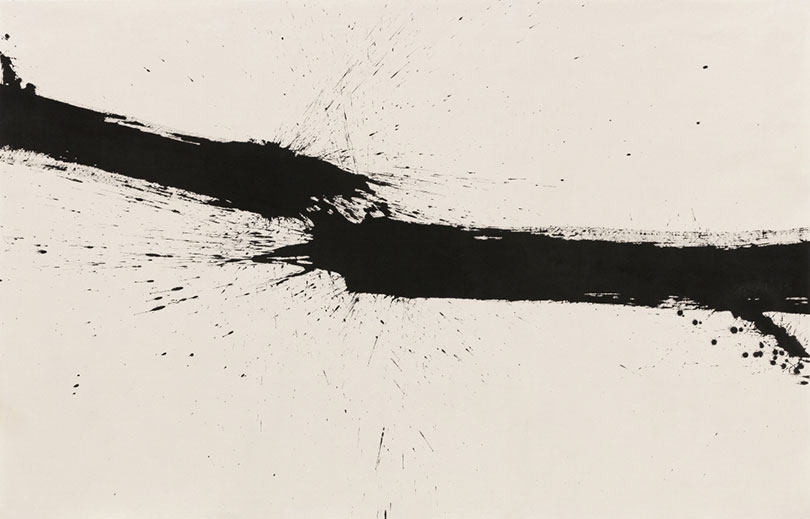The exhibition Chung Sang Hwa intends to provide a retrospective of as well as a renewed look at the artist’s authentic body of work and contextualize it within the history of Korean abstract art. With painting as his main method of production, Chung has experimented with diverse techniques including printing, drawing, décollage, and frottage to explore the potential of the flat surface. Since the 1990s, he has developed his own meditative methodology and presented an idiosyncratic series of monochrome works. This exhibition, while broadening the foundation of Korean contemporary art, highlights both the historical significance and contemporary context of Chung’s works.
Born in Yeongdeok, Gyeongsangbuk-do, in 1932, Chung Sang Hwa enrolled in the Department of Painting at Seoul National University in 1953. After graduating in 1957, he participated in numerous regular and group exhibitions, including the Contemporary Artist (1958), the Actual (1962), and the Invitation Exhibition of the Congress for Cultural Freedom (1963), and also represented Korea as an artist at the Biennale de Paris (1965) and the Bienal de São Paulo (1967). He traveled to Paris in 1967 and returned to Korea a year later; later, he would live and work in Kobe, Japan, between 1969 and 1977 before traveling back to Paris in 1977 to immerse himself in work there until his 1992 return to Korea.
In 1996, Chung built a studio in Yeoju, Gyeonggi-do, and has continued to produce works in Korea. As a university student, he primarily painted figurative, representational images, but in the mid- to late 1950s he began experimenting with atypical informel-style painting. Around the same time that he traveled to Kobe, he began pursuing a shift away from informel toward monochrome work. It was during the artist’s time in Kobe and Paris during the 1970s and 1980s that he established the grid-like canvas structure that is now so strongly associated with his work. Experimenting with various techniques and media, he discovered his own formative methodology rooted in the act of “peeling off and filling in.”
The grid composition, the fruit of Chung’s authentic experimentation with abstraction, is the result of meticulous planning and patience as well as intense physical commitment. First, using a brush, the artist primes the canvas with kaolin until it forms a three- to five-millimeter-thick layer. This process alone takes about a week, after which he folds the canvas along vertical, horizontal, or diagonal lines that he marks out on the back of the canvas, creating natural cracks and crevices on the surface. Using tools, materials, and methods that are often used to produce sculptures or craftworks, Chung “weaves out” his frames. The cracks created on the canvas through the act of breaking, folding, and cutting achieve more profound depth through the artist’s method of “peeling off and filling in.” He repeatedly peels off the gridded kaolin pieces and fills in each empty cell with layers of acrylic paint until the canvas becomes the sum of many small squares that each embody an individual rhythm. It is through this monotonous, labor-intensive, and repetitive process that Chung has built his one-of-a-kind formative world.
Chung Sang Hwa, Photo by Lee Man Hong, Image provided by MMCA


